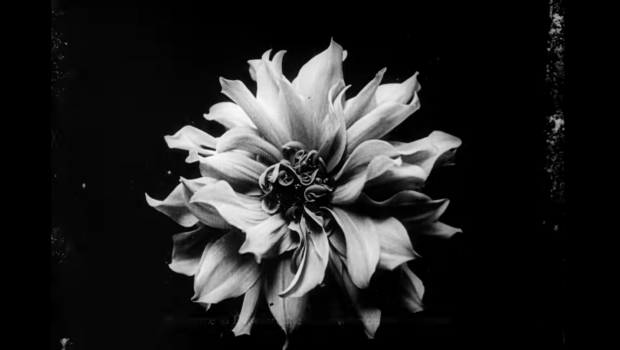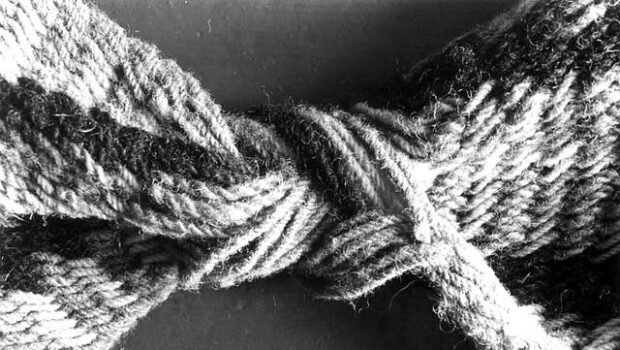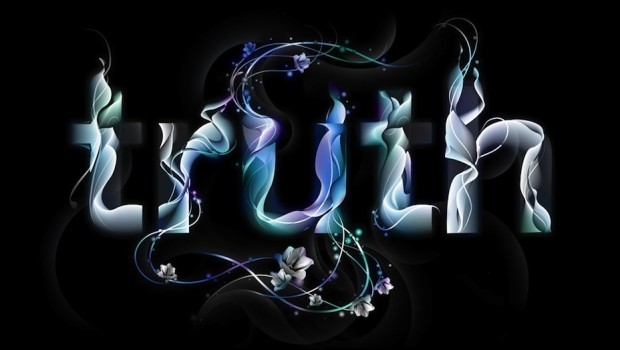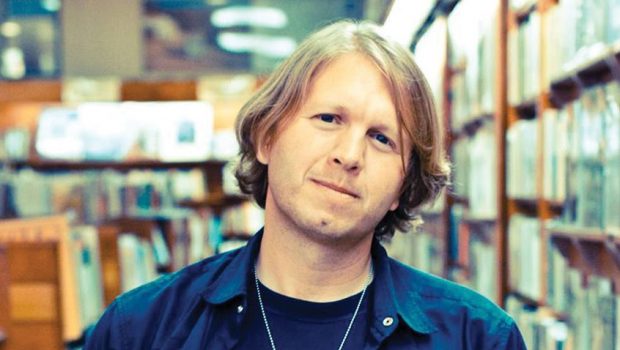A City Frozen in Time
So Mayer
To understand what has been revealed about Hollywood over the last few months–no, the last few years, going back to the leaked Sony emails that presaged the endemic discrimination that the #MeToo campaign has made visible to all–-we need to go back over a century, to the beginning of Hollywood.
No, because it’s closer to hand–-and because archive filmmaker Bill Morrison has so ably and poetically done the work for us–-let’s go to 2016, to Dawson City, Frozen Time, still touring festivals and available on Kino Lorber DVD. It’s a documentary about one of the greatest ever finds of silent nitrate film, buried under the ice of a hockey rink in what was once the end of the line: Dawson City, in the Yukon, Canada. In the early twentieth century, it would take two years for new releases to reach it, and–-once they’d been screened–-there was no percentage in sending them back down the line. After a couple of fires at the town bank where they were stored (nitrate film is highly flammable), the theatre manager took to throwing the reels into the Yukon River.
But some remained, and when the town finally filled in its swimming pool (freezing it over just for the winter created a cambered rink that hampered skaters) in order to make a permanent rink, it was decided that the unwanted–-and explosive–-reels of outmoded silents would make excellent filler. Cue historical change and climate change, and in 1978, a backhoe hit on a silver can in a field. Eventually, an archaeologist and archivist uncovered a treasure trove of shorts, features and newsreels from the Golden Age: 533 prints in total, many of films thought lost forever. Along with interviews with those who worked on the recovery, an interstitial history of corruption in baseball, and a sweetly-nested tale of archive documentary’s roots in Dawson City (through the Canadian National Film Board’s City of Gold [1957], composed of Eric Hegg’s Gold Rush photographs, now in the Smithsonian), Morrison composes cascading catalogic tone poems of tropes from the cache, such as car chases, Orientalist gardens and barely-clad nymphs. They fizz with the excitement of archival discovery–-but also cast shade on the repetition, with barely a difference, of these tired formulae in contemporary movies.
Beyond tracing the building-blocks of dominant cinema back to its beginnings, what does Dawson City: Frozen Time tell us about contemporary Hollywood? Dawson City was closely connected to its southern cousin by an epic history: that of the Gold Rush. Jack London was one of those who headed to Dawson City in the Klondike rush of 1869–99; others included Sid Grauman, he of the famous Chinese Theatre. But movie theatres were only one of the entertainments developed for the frontier town. As the film shrewdly notes–-and the intertitle brought the house down at the screening in London in October 2016–-one Fred Trump, grandfather of the Donald, opened a brothel in Whitehorse, the next-door town: the start of the family’s real estate business. Here’s a contemporary review of his previous venture, in Bennett, British Columbia: “For single men the Arctic has excellent accommodations as well as the best restaurant in Bennett, but I would not advise respectable women to go there to sleep as they are liable to hear that which would be repugnant to their feelings – and uttered, too, by the depraved of their own sex.” Music to many a Hollywood predator’s ears.
There’s something more unsettling that links Dawson City’s gold rush fortune to that of Hollywood’s: of course, the industrial capitalist amorality of the movie capital has been linked to the mineral exploitation of California’s gold rush (1848–55)–-the largest mass migration in the Western hemisphere to that time–-at least since Charlie Chaplin’s 1925 The Gold Rush. Sally Potter’s 1983 Marxist feminist musical fantasia The Gold Diggers makes it clearer still: not only does it draw a parallel between the beautiful screen idol Ruby (played by screen idol Julie Christie in a brilliantly self-aware turn) and gold in the bank, but also–- in ‘The Empire Song’ sung by her lover Celeste (Colette Laffont)–-between the removal of gold from the ground and the violent removal of indigenous communities from the ground where the gold (or any other resource, including ground itself) was found.
The millworks where gold was first discovered in California, near Sacramento, were built on Nisenan land. Indigenous people from the Nisenan, Maidu, Modoc, Miwok and many other nations were forced into exploitative labour, murdered for land claims, brought into contact with European diseases, and faced with severe disruption to their traditional food sources and practices, as well as serious pollution (which persists) of water courses and the land around them with tailings. Morrison documents the same occurrences facing the Hän people in the Yukon, as well as being forced from their land by the Royal Canadian Mounted Police.
While the Gold Rush took place north of what would become Los Angeles (there was a smaller southern Californian gold rush), closer to San Francisco, the wealth and settler population it brought to the state undoubtedly laid the groundwork for the possibility of Hollywood, on land ethnically cleansed of much of its indigenous populations. While contemporary Los Angeles has one of the largest populations of indigenous people of any city in the US, from multiple communities, that history is barely apparent in its major export industry–-except in Westerns that continue to repeat and repeat the stylised tropes by which silent cinema was already consigning the attempted genocide that ‘won’ the West to a falsified history.
Morrison’s documentary, in its dazzle of defrosted images, does not state any of this as obvious. But in connecting here to there, the Yukon to its gold rush cousin, the fantasias of silent cinema to the brutal realities of genocidal colonialism and gold rush capitalism, the Trump in the White House to the one in Whitehorse, it retells the history of North America to place the venalities–-as well as the beauties–-of cinema, its national chronicler, in the centre. What we’ve seen since this film debuted is that the real Dawson City is Hollywood: frozen in time, still exhibiting the attitudes of the vainglorious, greedy, racist, violent white settlers who had only gold in their eyes.
#TimesUp, as the campaign says: history is catching up with Hollywood’s ‘pioneer spirit,’ that exploitative notion embodied by family Trump. Over 300 women who work in film, television and theatre have founded a legal defence fund for those calling out sexual harassment across all labour practices. Since 1913’s split-screen Suspense, directed by silent Hollywood’s leading woman filmmaker Lois Weber–-some of whose work appears in Dawson City–-women in Hollywood have been addressing gendered violence as the source of cinema’s suspense. Morrison’s documentary lets us look back on the myth of cinema as gold rush, and all the exploitation it entailed, and ask: is a gold rush really all that we want from this art form?
 So Mayer is the author of Political Animals: The New Feminist Cinema, The Cinema of Sally Potter: A Politics of Love, and the co-editor of Catechism: Poems For Pussy Riot, The Personal Is Political: Feminism and Documentary and There She Goes: Feminist Filmmaking and Beyond. Her Twitter is @tr0ublemayer
So Mayer is the author of Political Animals: The New Feminist Cinema, The Cinema of Sally Potter: A Politics of Love, and the co-editor of Catechism: Poems For Pussy Riot, The Personal Is Political: Feminism and Documentary and There She Goes: Feminist Filmmaking and Beyond. Her Twitter is @tr0ublemayer
©Literal Publishing
Posted: January 17, 2018 at 10:30 pm










